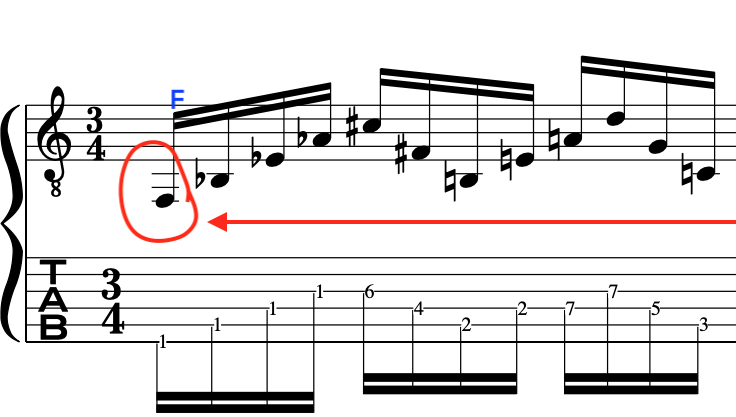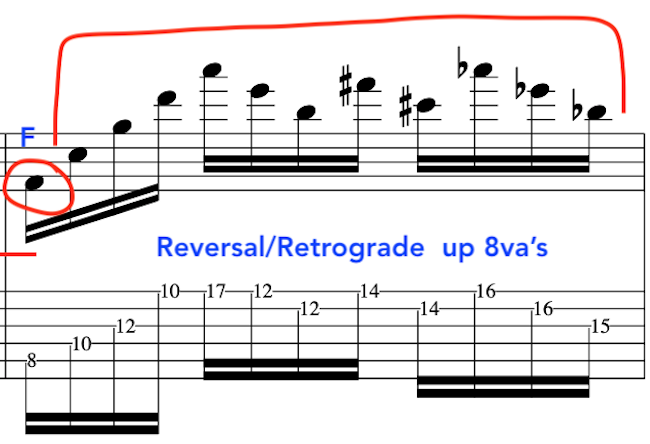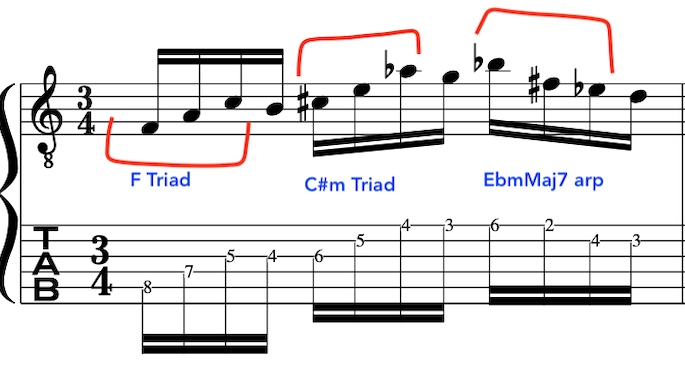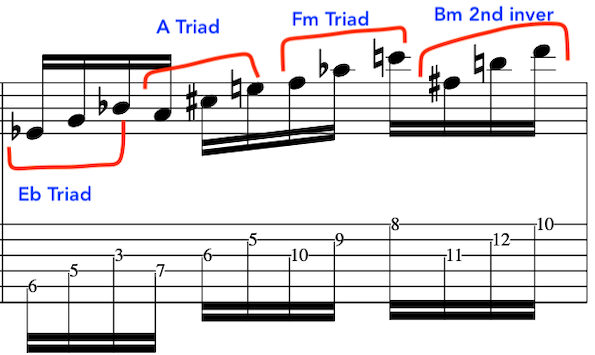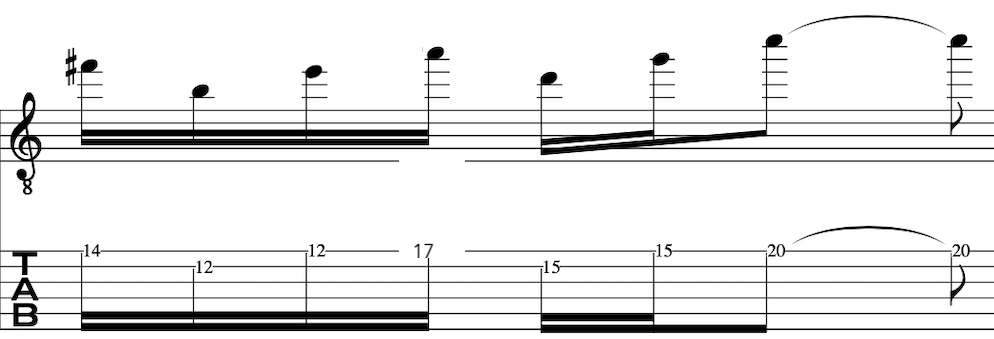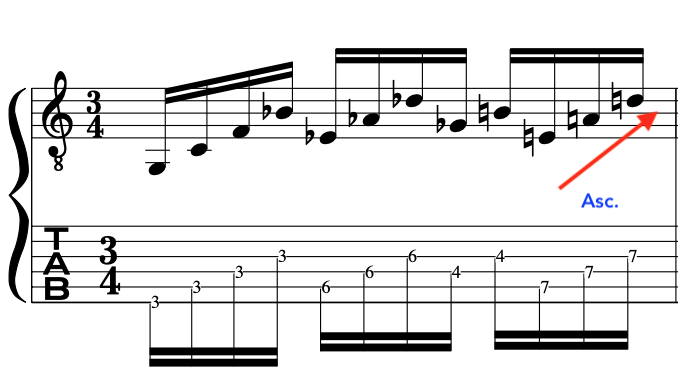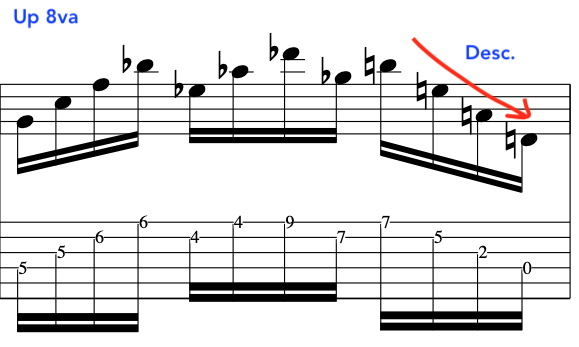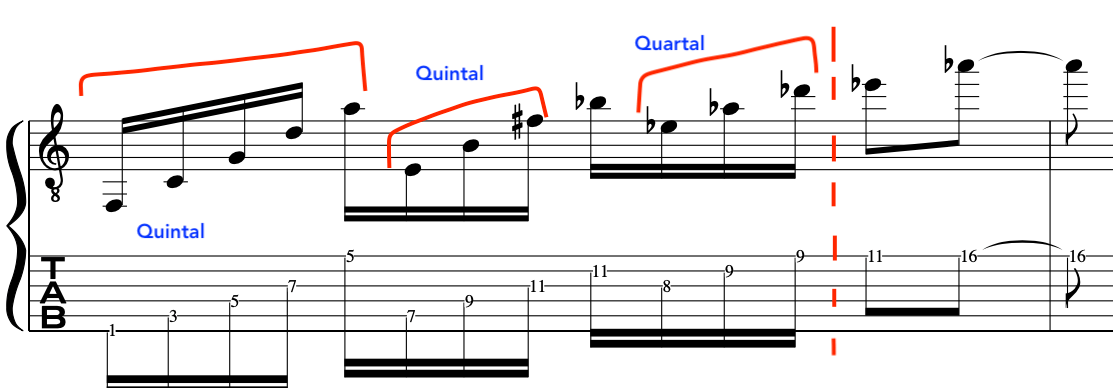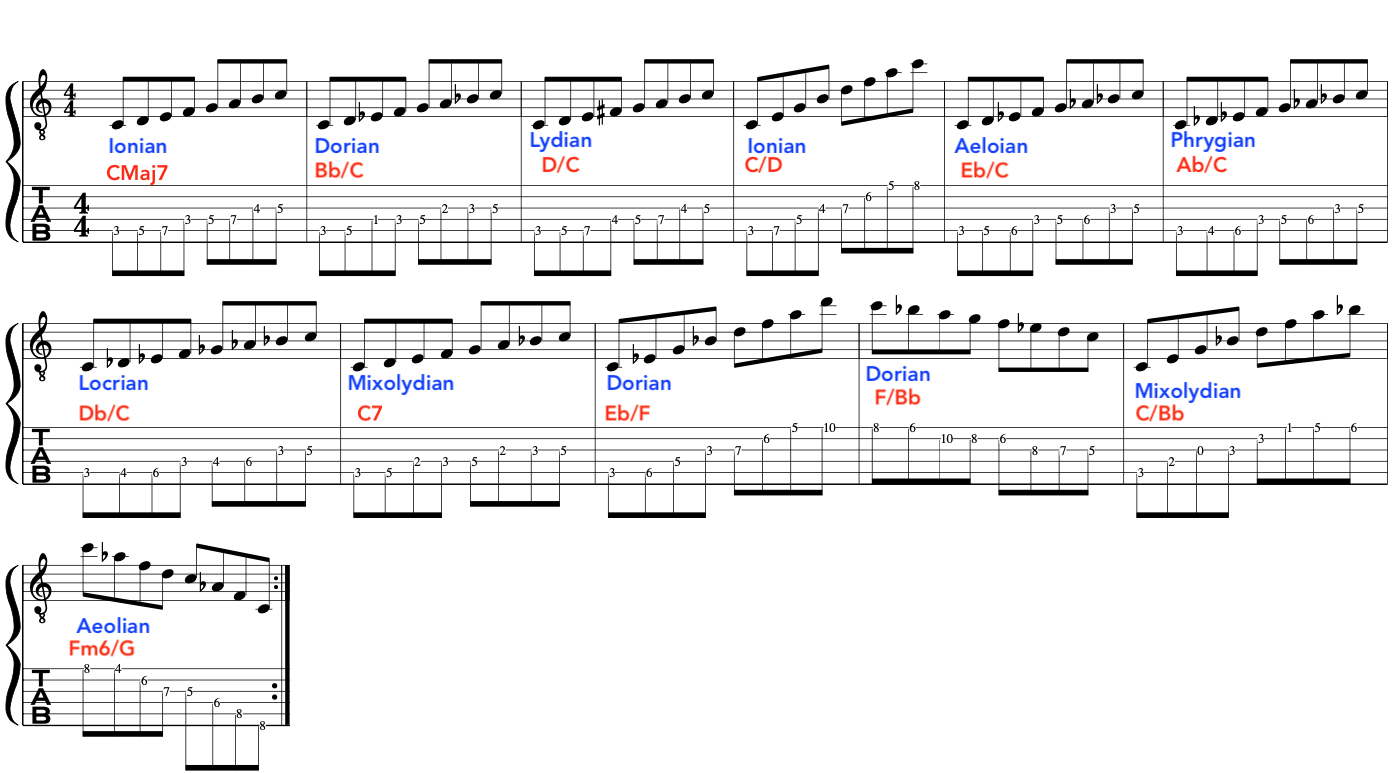
Please watch video above for detailed info:
Hi Guys,
This is a response video to the previous video/blog. This is to explain and demonstrate the application of “Tetrachords” a bit further.
Here, I will add the video examples in Tab/Notation:
RECAP= What are Tetrachords:
“Tetrachords” are 4 note groupings to connect harmony/lines together for improvisation [and composition]
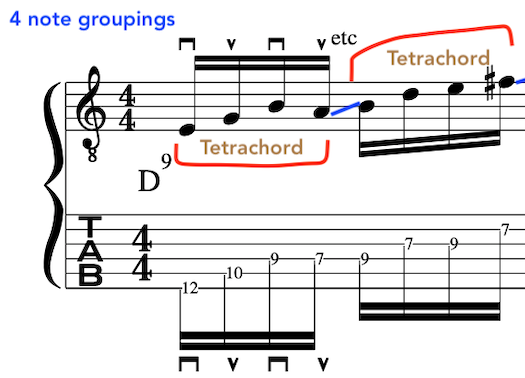
When mastered they can be broken up into musical phrasing/punctuation:
Broken up/Shifted: Thus creating an upbeat
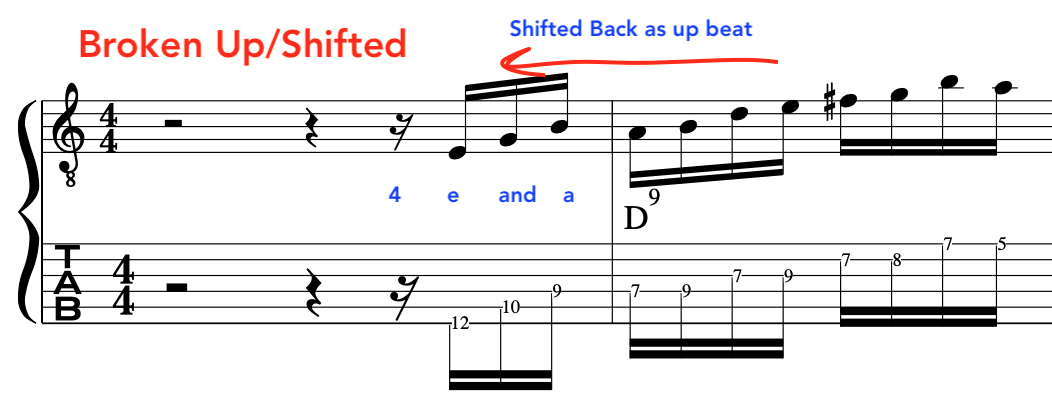
Notes chopped off in the bar: Creating space and rhythmic interest.
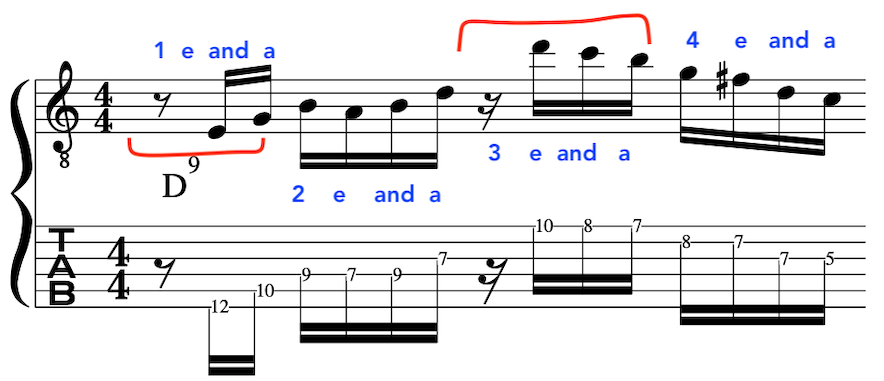
Breaking up the tetrachords like this helps to create smooth syncopations, anticipations or go the other way and play on the beat:
Now, let’s follow this through to a short extension of the phrase

Counting Time
As always it’s essential to count the time when doing this so that you know where you are in the phrase.
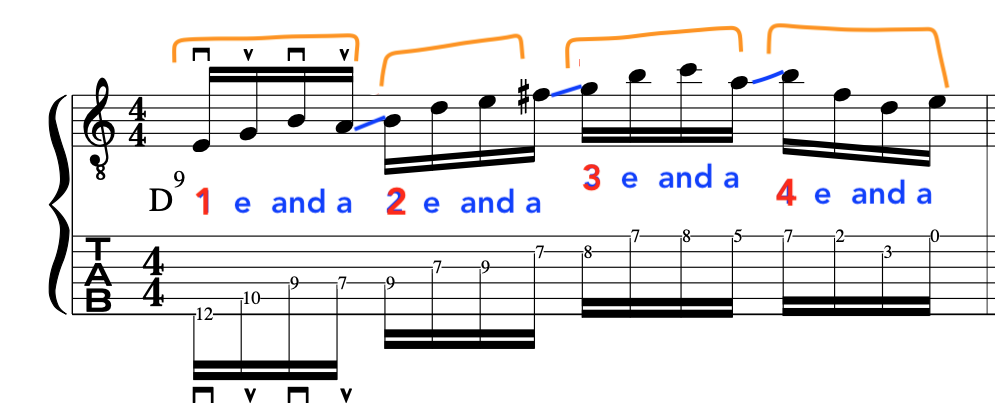
Alternate Picking Guitar Technique:
In this video and for these examples I am employing strict alternate picking starting on a “Down Stroke”. Down Up Down Up etc.
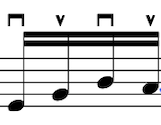
TETRACHORD EXERCISES EXAMPLES
Practicing ii V7 I’s and iii Vi ii V7 I’s in various guises will really help you connect and nail the changes with your alternate picking: Below is an example with II V7 I:
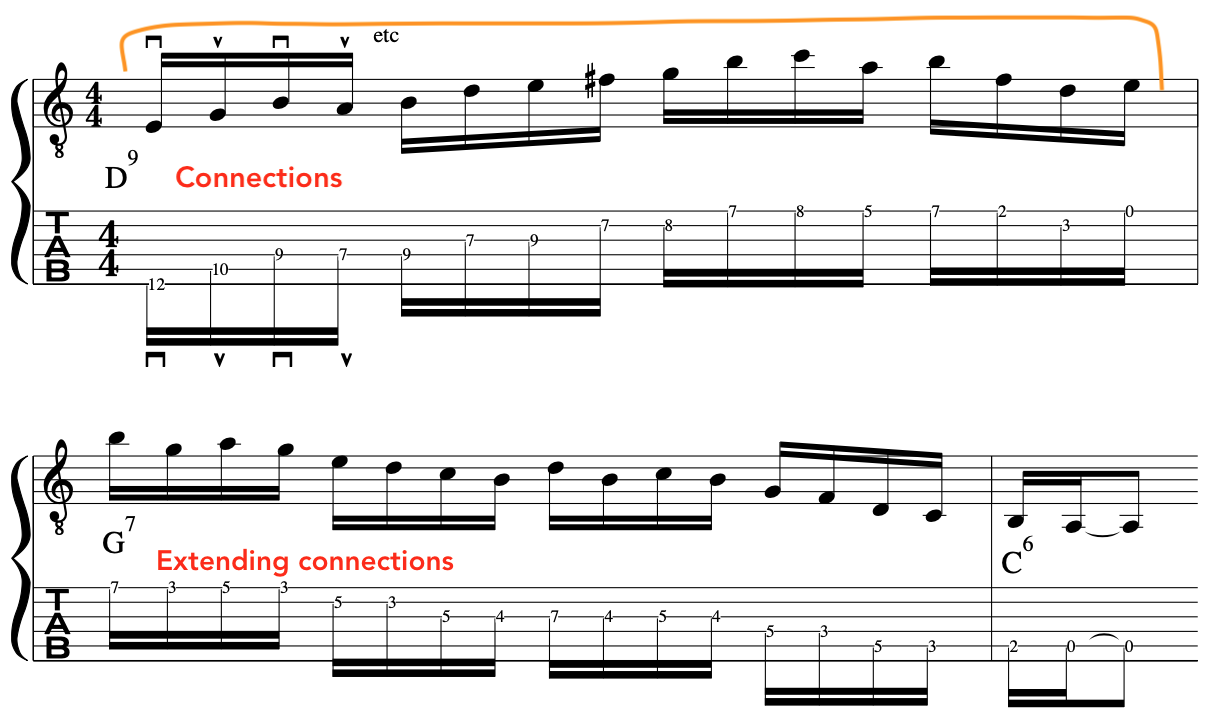
Connecting the “HARMONY”
Now, let’s connect the harmony/chords together via tetrachords: This first example is in the style of John McLaughlin.

Notice, how smoothly the pentatonic 4 note groupings connect together
This time we will take a more basic approach with very simple fretting/fingering:
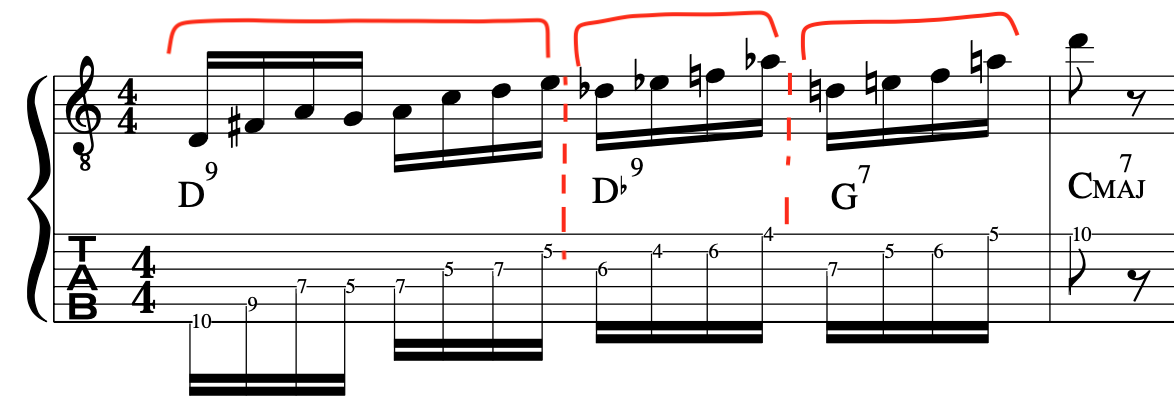
In Conclusion:
So, even through these basic examples it’s easy to see how to exploit these 4 note groupings to nail the changes and then break them up into musical phrasing/punctuation: As a further resource I would recommend John McLaughlin excellent DVD called “This is the way I do it”
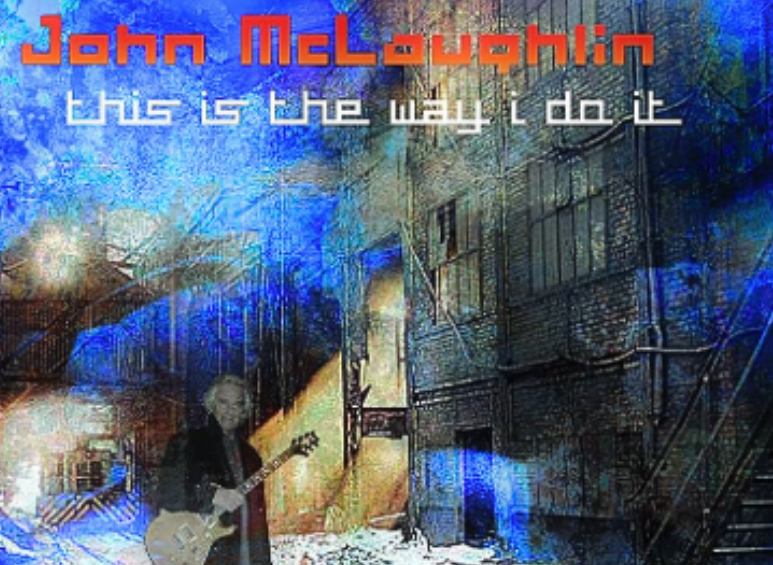
PDF DOWNLOAD:
IF THIS LESSON WAS OF USE TO YOU THEN PLEASE SUBSCRIBE TO US BELOW ON YOUTUBE, THANKS!

